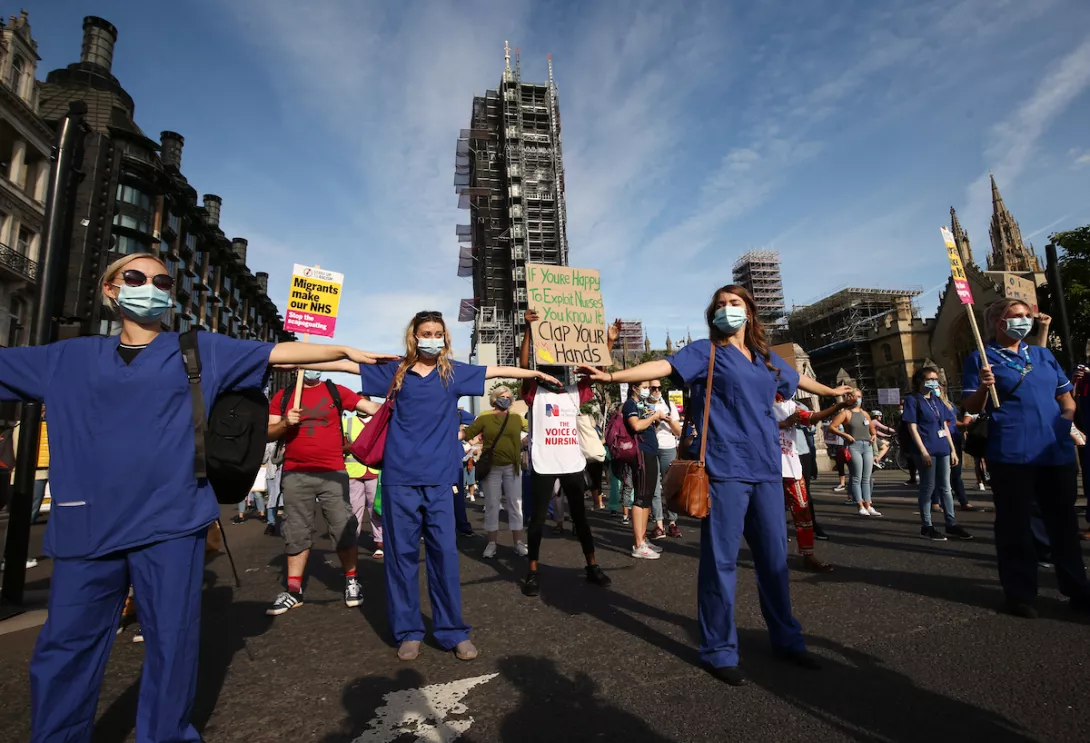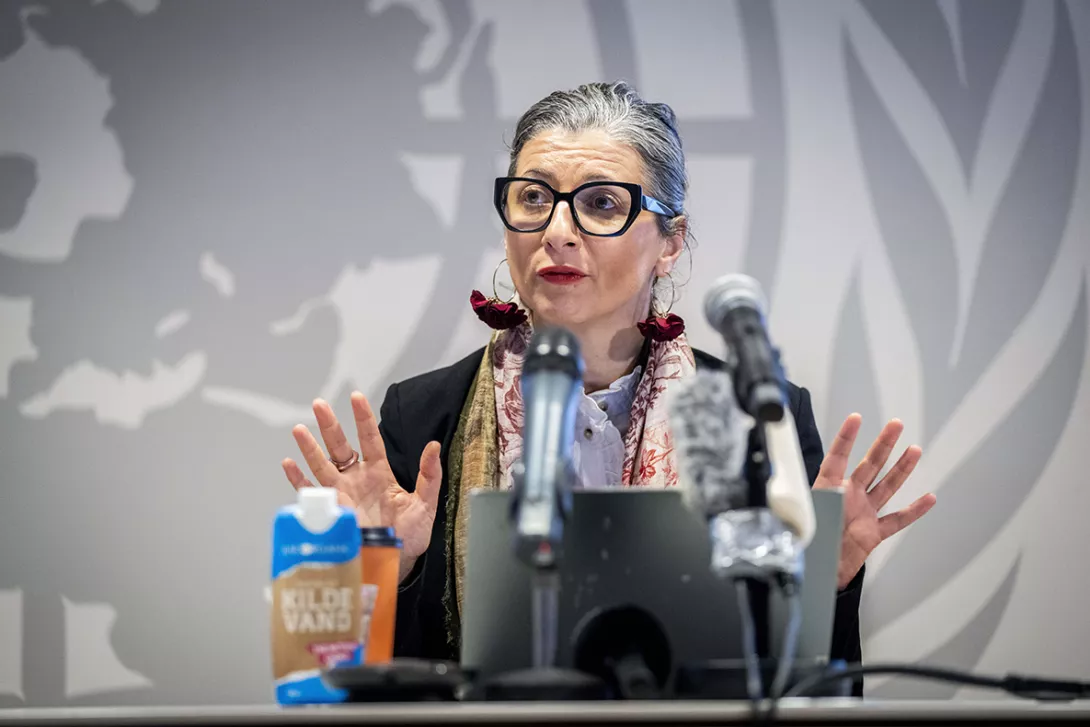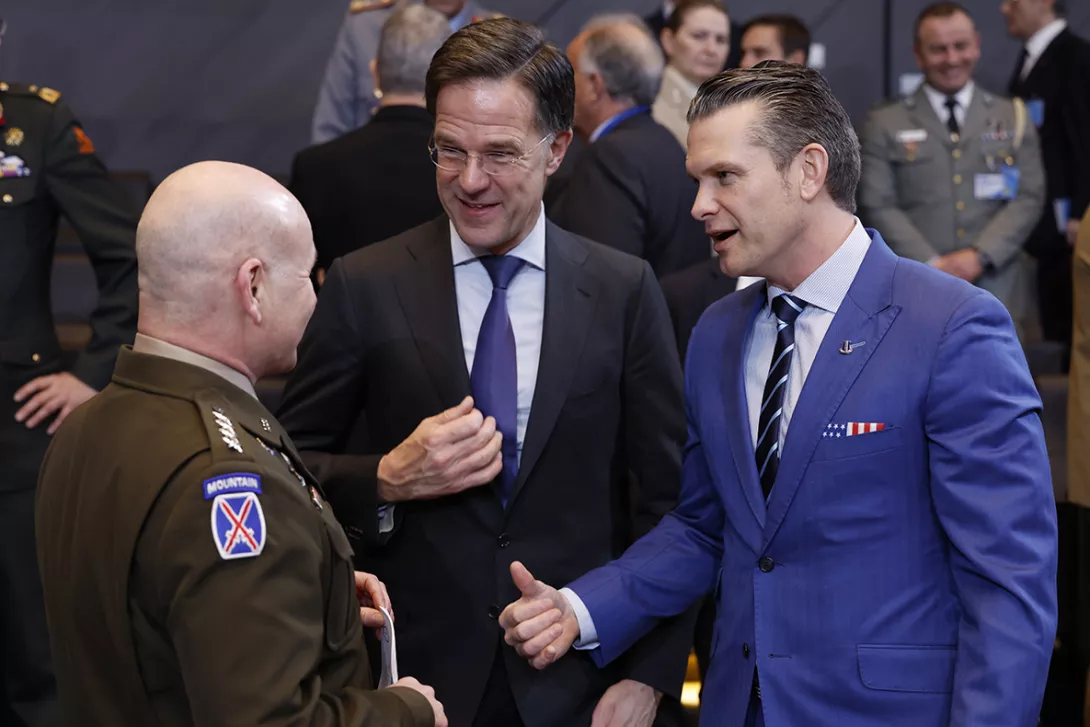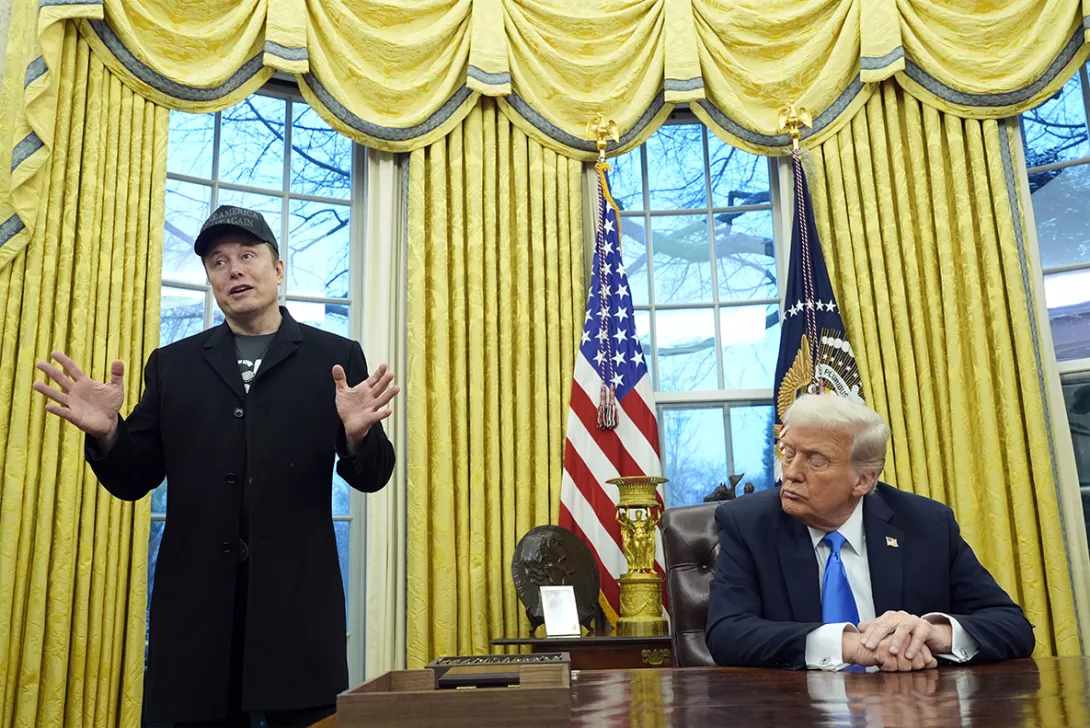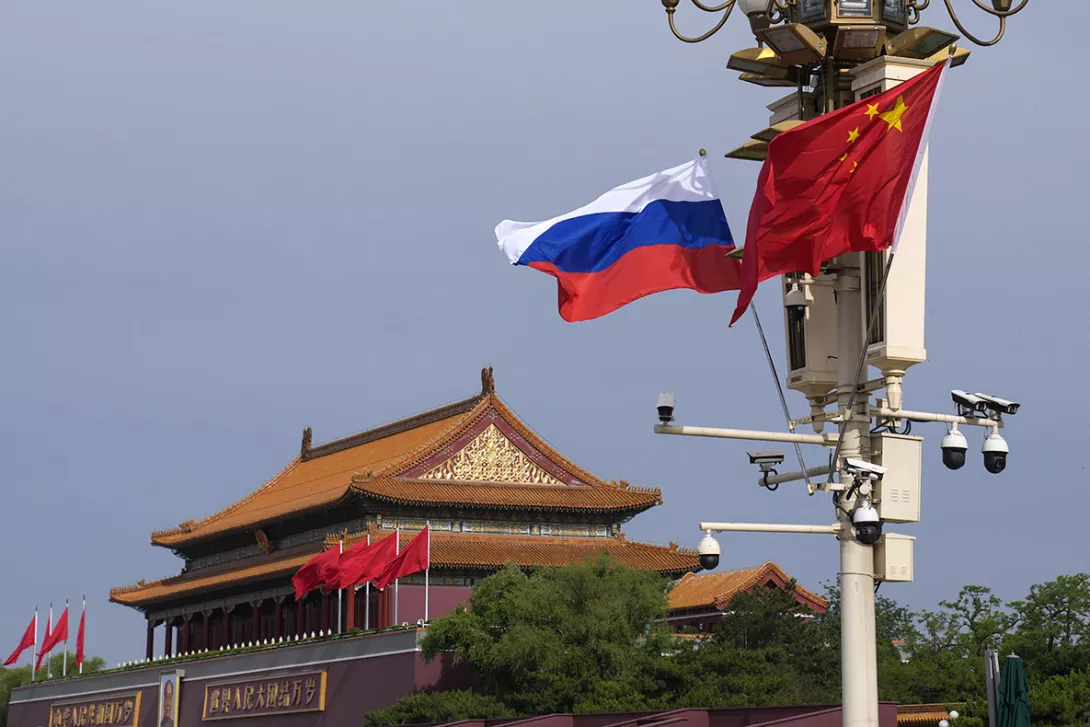The Odessa massacre, Ukraine and anti-imperialism
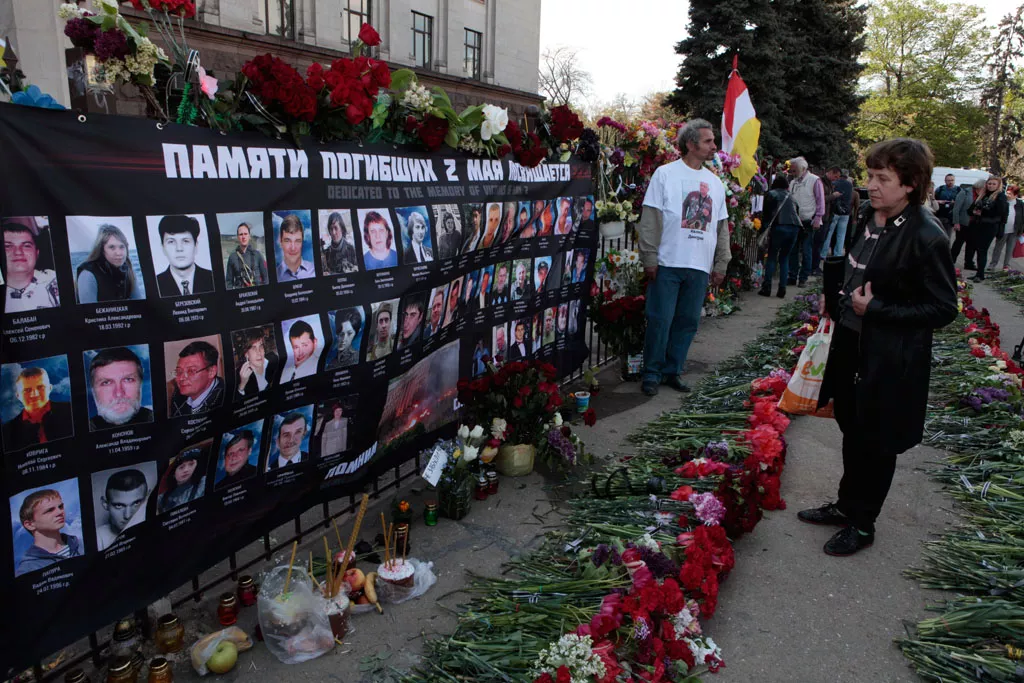
TEN years ago today, 42 Ukrainian trade unionists were burned to death when Odessa’s House of Trade Unions was set alight by fascists.
They had taken refuge from a crowd of Ukrainian nationalists, opposing their protest against that February’s Maidan coup.
As Keith Barlow writes today, the date was no accident. May 2 1933 was the date on which Nazi Germany banned trade unions.
More from this author

Long having been considered the ‘US’s backyard,’ Latin America is the crucible of anti-imperialist struggle – yet with the rise of China as an economic and ideological counterweight to Washington, we see a new phase of that struggle emerge, writes BEN CHACKO
Similar stories
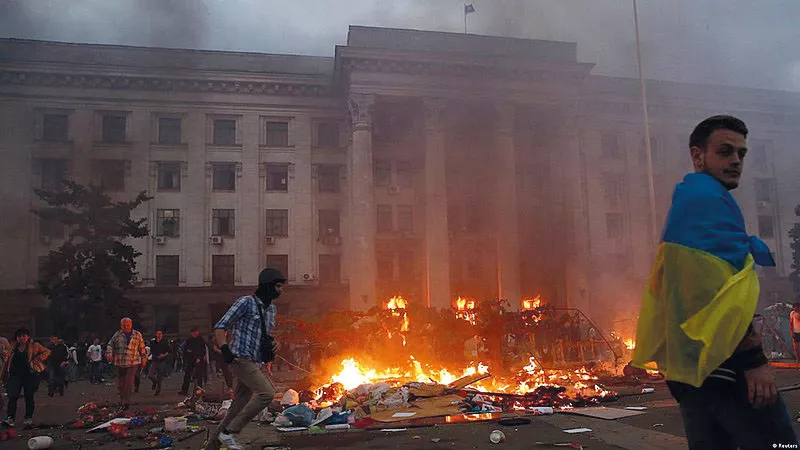
There are parallels between these two pitch-black episodes of European history which should never be forgotten — and they should make those who wish to send yet more weapons to Ukraine think twice, writes KEITH BARLOW


